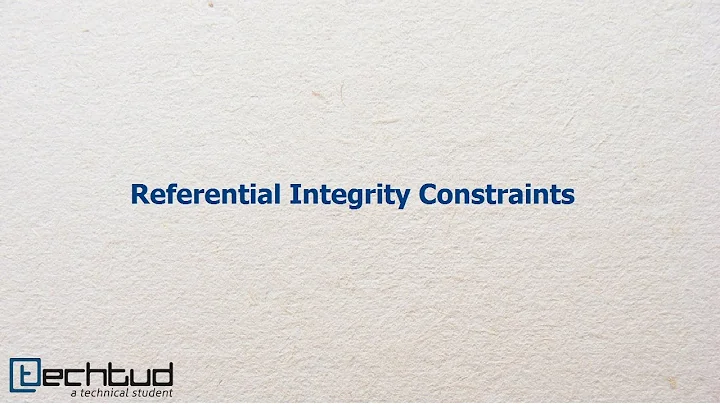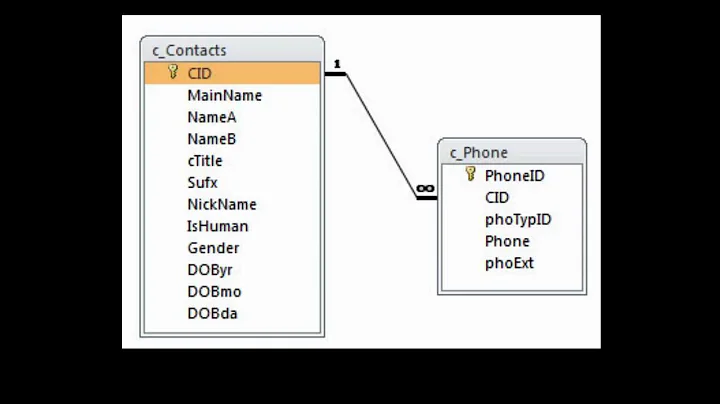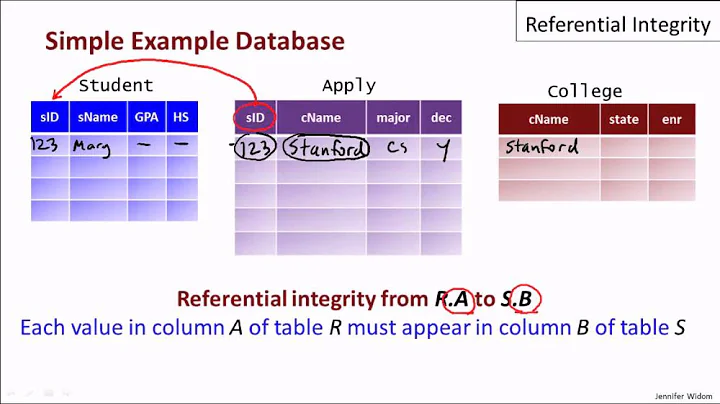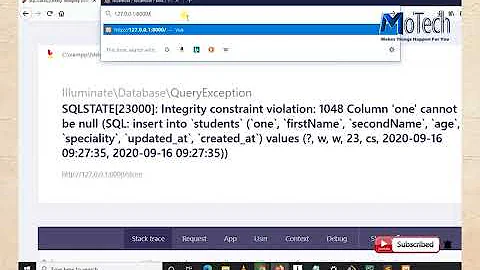EF 4.1 Referential integrity error
Solution 1
Please, try this way
var surveyRepository = new SurveyRepository();
foreach (var userAnswer in userAnswers)
{
+ userAnswer.SurveyId = Survey.Id;
survey.UserAnswers.Add(userAnswer);
}
surveyRepository.InsertOrUpdate(survey);
surveyRepository.Save();
Solution 2
I know that is late but maybe this could be useful for someone. What about trying this?
var surveyRepository = new SurveyRepository();
surveyRepository.InsertOrUpdate(survey);
foreach (var userAnswer in userAnswers)
{
survey.UserAnswers.Add(userAnswer);
}
surveyRepository.Save();
Recently I had that "A referential integrity constraint violation occurred: The property values that define the referential constraints are not consistent between principal and dependent objects in the relationship." error when I was editing an entity with children.
This was my code at the beginning:
myAction.ActionUserNameAssignations.Clear();
string[] sSelectedValues = CheckBoxListHelper.GetAllIds(collection, "CheckBox_UserName_", true).ToArray();
foreach (string userName in sSelectedValues)
{
ActionUserNameAssignation assignation = new ActionUserNameAssignation { ActionId = myAction.ActionId, UserName = userName };
myAction.ActionUserNameAssignations.Add(assignation);
}
db.Actions.Attach(myAction);
db.ObjectStateManager.ChangeObjectState(myAction, EntityState.Modified);
db.SaveChanges();
And this is my code at the end, working fine:
db.Actions.Attach(myAction);
db.ObjectStateManager.ChangeObjectState(myAction, EntityState.Modified);
myAction.ActionUserNameAssignations.Clear();
string[] sSelectedValues = CheckBoxListHelper.GetAllIds(collection, "CheckBox_UserName_", true).ToArray();
foreach (string userName in sSelectedValues)
{
ActionUserNameAssignation assignation = new ActionUserNameAssignation { ActionId = myAction.ActionId, UserName = userName };
myAction.ActionUserNameAssignations.Add(assignation);
}
db.SaveChanges();
As you can see, the difference is basically Attaching the entity to the context at the beginning. I hope it helps :)
Related videos on Youtube
Comments
-
Nealv almost 2 years
I have the following classes:
public class Person { [Key] public Guid Id { get; set; } [Required] public string FirstName { get; set; } [Required] public string LastName { get; set; } [Required] public string Email { get; set; } public virtual Survey Survey { get; set; } } public class Survey { [Key] public Guid Id { get; set; } public bool IsFinished { get; set; } public virtual ICollection<UserAnswer> UserAnswers { get; set; } public virtual Person Person { get; set; } } public class UserAnswer { [Key] public Guid Id { get; set; } public Guid SurveyId { get; set; } public virtual Survey Survey { get; set; } public Guid QuestionId { get; set; } public virtual Question Question { get; set; } public Guid AnswerId { get; set; } public virtual Answer Answer { get; set; } }In my datacontext I have defined:
modelBuilder.Entity<Survey>().HasRequired(s => s.Person).WithOptional(); modelBuilder.Entity<Survey>().HasMany(s => s.UserAnswers).WithRequired(a => a.Survey).HasForeignKey(a => a.SurveyId).WillCascadeOnDelete(false);Can someone tell me what I am doing wrong ?
Update:
When I execute this code:
var surveyRepository = new SurveyRepository(); foreach (var userAnswer in userAnswers) { survey.UserAnswers.Add(userAnswer); } surveyRepository.InsertOrUpdate(survey); surveyRepository.Save();I get the following error:
A referential integrity constraint violation occurred: The property values that define the referential constraints are not consistent between principal and dependent objects in the relationship.
-
Nealv almost 13 yearsNope that's not it, I have some other classes where I used keys and they work fine. I removed the key and still the same error. Thx though for the answer
-
 Shimmy Weitzhandler almost 11 yearsIn my case it's a many to many issue. There are
Shimmy Weitzhandler almost 11 yearsIn my case it's a many to many issue. There areBusinessentity, andCategoryentity. I want each business to have multipleCategorys, how do I attach them, using theirCategoryIDs? -
Mikael Dúi Bolinder over 5 years@Shimmy
category.BusinessId = Business.Idorbusiness.Categories.Add(category)? -
 Shimmy Weitzhandler over 5 yearsIf
Shimmy Weitzhandler over 5 yearsIfBusinessexists and theIdis known to you, use it, otherwise just go withAdd, but I think you're covered in any case.









